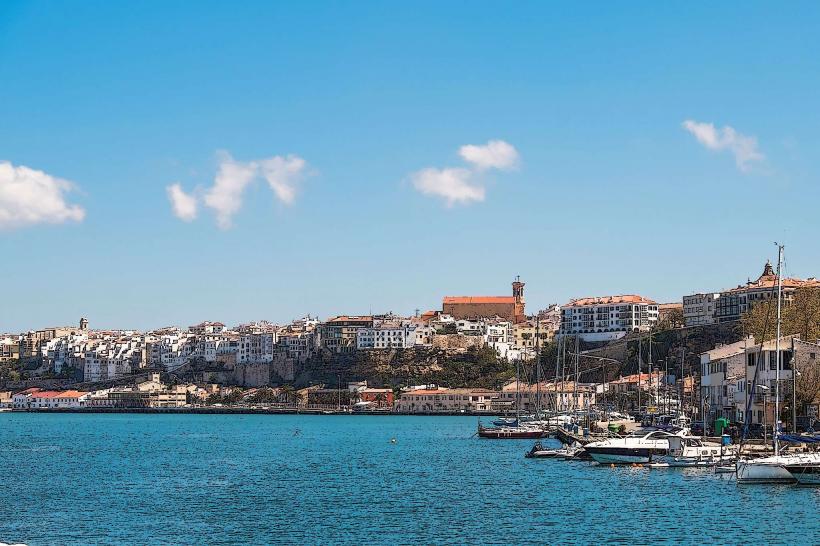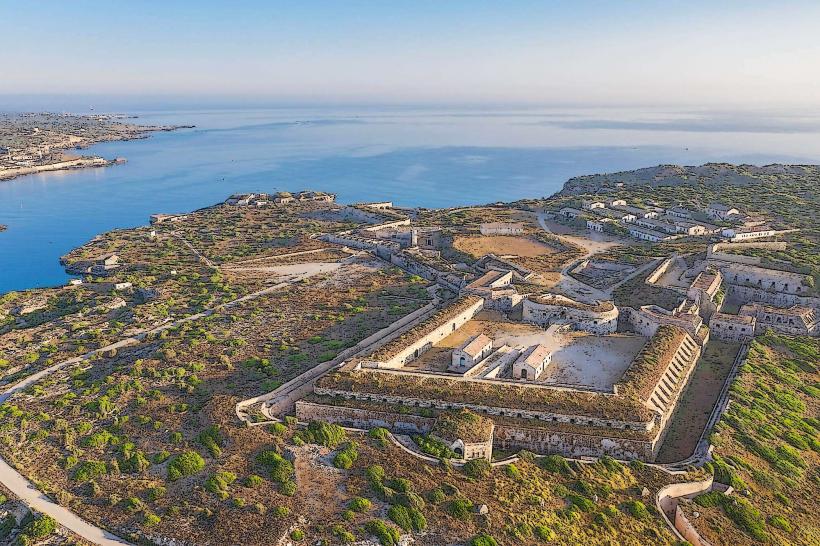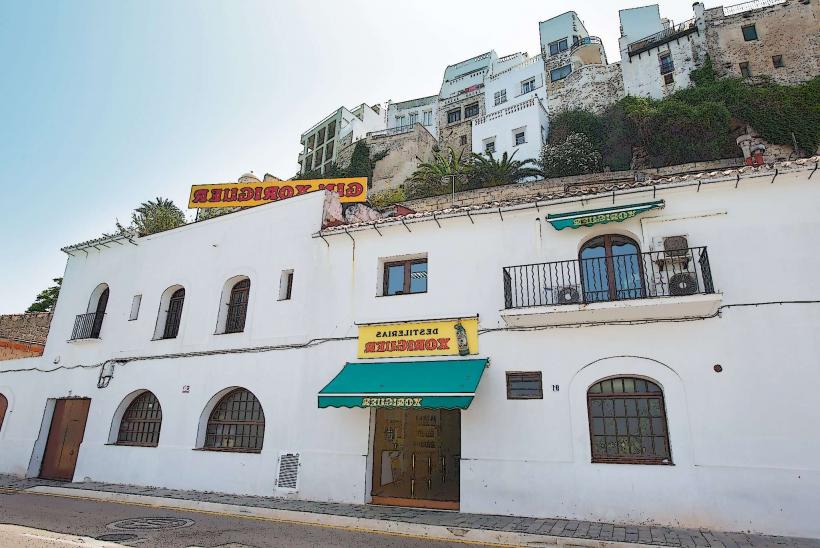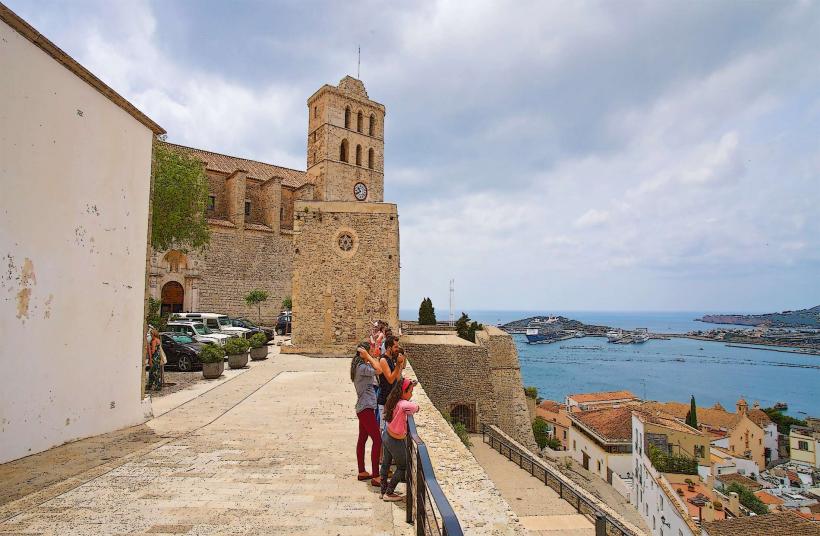Information
Landmark: Museo de MenorcaCity: Mahon
Country: Balearic Islands
Continent: Europe
The Museo de Menorca (Museum of Menorca) is one of the most important cultural institutions on the island of Menorca, located in the town of Mahon, the capital of the island. The museum offers visitors a comprehensive look at the island's rich history, archaeology, art, and culture. It is housed in a historically significant building and provides a deep dive into Menorca’s prehistoric, Roman, medieval, and modern periods.
1. History and Origins
- Founding:
The Museum of Menorca was founded in 1968, with the aim of preserving and showcasing the island’s cultural and historical heritage. The museum is housed in the former convent of San Francisco, a historic building that dates back to the 16th century. - Building History:
The convent of San Francisco originally belonged to the Franciscan order of monks and served as a religious institution for many centuries. After the monks left the site, the building was repurposed for various civic uses, and eventually, it became the home of the Museum of Menorca. The architecture of the building itself is notable, with elements of Baroque and Gothic styles.
2. Exhibitions and Collections
The museum’s exhibitions are divided into several key sections, each offering insight into different aspects of Menorca’s history and culture.
Archaeology: The museum’s archaeological collection is one of its highlights, offering an in-depth look at the island's prehistoric past. Menorca is home to many significant archaeological sites, including Talayotic settlements, which date back to the Bronze Age and the Iron Age. These prehistoric structures are known for their Talayots (stone towers), taulas (stone tables), and Navetas (burial structures).
- Prehistoric Artifacts:
The museum houses a wide range of prehistoric artifacts, such as pottery, tools, and weapons, many of which were found at Talayotic sites across the island. The most notable sites include Monte Toro, Naveta d’Es Tudons, and Cova d'en Xoroi. - Bronze Age and Iron Age Exhibits:
The collection also includes items from the island’s Bronze Age and Iron Age, reflecting the evolution of the island’s early inhabitants and their interactions with neighboring cultures.
Roman Period: Menorca was a significant part of the Roman Empire during its rule over the Balearic Islands. The museum’s Roman collection includes objects that were used in everyday life as well as funerary and religious artifacts.
- Roman Inscriptions:
The museum displays a variety of Roman inscriptions that provide valuable information about the social, political, and economic life of the island during Roman times. These inscriptions were found in different parts of the island and offer insights into the Roman administration of Menorca. - Roman Objects:
Visitors can explore a wide array of Roman objects, including coins, jewelry, amphorae, and tools, as well as representations of Roman deities and mythological figures.
Medieval and Modern Menorca: The museum also offers exhibits dedicated to the medieval and modern history of Menorca, focusing on its political and cultural evolution over the centuries.
- Islamic and Christian Influence:
Menorca’s history was shaped by various powers, including the Moors and Christians. The museum features exhibits on the island’s Islamic period (before the Christian reconquest in 1287) and its role in the Christian reconquest by King Alfonso III of Aragon. Artifacts from this period highlight the island’s cultural and religious diversity. - British Occupation:
During the 18th century, Menorca was under British rule for several periods. The museum includes exhibits that highlight the island’s relationship with the British, showcasing maps, artifacts, and documents from this period, reflecting the island's strategic importance in the Mediterranean. - Naval History:
Given Menorca’s position in the Mediterranean, its naval history is an important aspect of its modern history. The museum includes a collection of maritime artifacts and models of historic ships, showcasing Menorca’s significance as a naval port.
Art and Popular Culture: The museum also has exhibits dedicated to art, particularly painting and sculpture, as well as crafts and popular culture in Menorca. This section highlights the evolution of Menorcan art, with works from local artists and craftsmen who contributed to the island's artistic identity.
- Local Art:
The collection includes works by Menorcan artists, such as landscape paintings, portraiture, and religious works. These pieces give insight into the local artistic movements and the influence of regional and international styles on the island’s art scene. - Traditional Crafts:
Traditional Menorcan crafts, including embroidery, pottery, and textiles, are also on display, reflecting the island's artisanal heritage.
3. Special Exhibitions and Events
- The Museo de Menorca regularly hosts temporary exhibitions that cover a wide range of themes, from historical and archaeological topics to contemporary art and culture. These special exhibitions often feature the work of local artists and provide a space for the island’s modern cultural scene to be showcased.
- The museum also hosts a variety of cultural events, such as lectures, workshops, and guided tours, aimed at deepening visitors' understanding of Menorca’s heritage. These events are open to both locals and tourists.
4. Visitor Experience
- Accessibility: The museum is located in Mahón, making it easily accessible for visitors who are exploring the town. It is a short walk from other central attractions in Mahón, such as the Mahon Port and Plaza de la Constitución.
- Guided Tours: The museum offers guided tours in several languages, including Spanish and English, which allow visitors to gain a deeper understanding of the exhibits and the historical context of Menorca.
- Museum Shop: The museum has a gift shop where visitors can purchase books, postcards, and other items related to Menorca's history, culture, and archaeology.
5. Conclusion
The Museo de Menorca is a must-visit destination for anyone interested in learning more about the rich history and cultural heritage of Menorca. With its extensive collections spanning from prehistoric times to the modern era, the museum offers an informative and engaging experience that showcases the island’s unique identity. Whether you're an archaeology enthusiast, a history buff, or simply curious about Menorca's past, the museum provides valuable insights into the island’s evolution through the ages.





